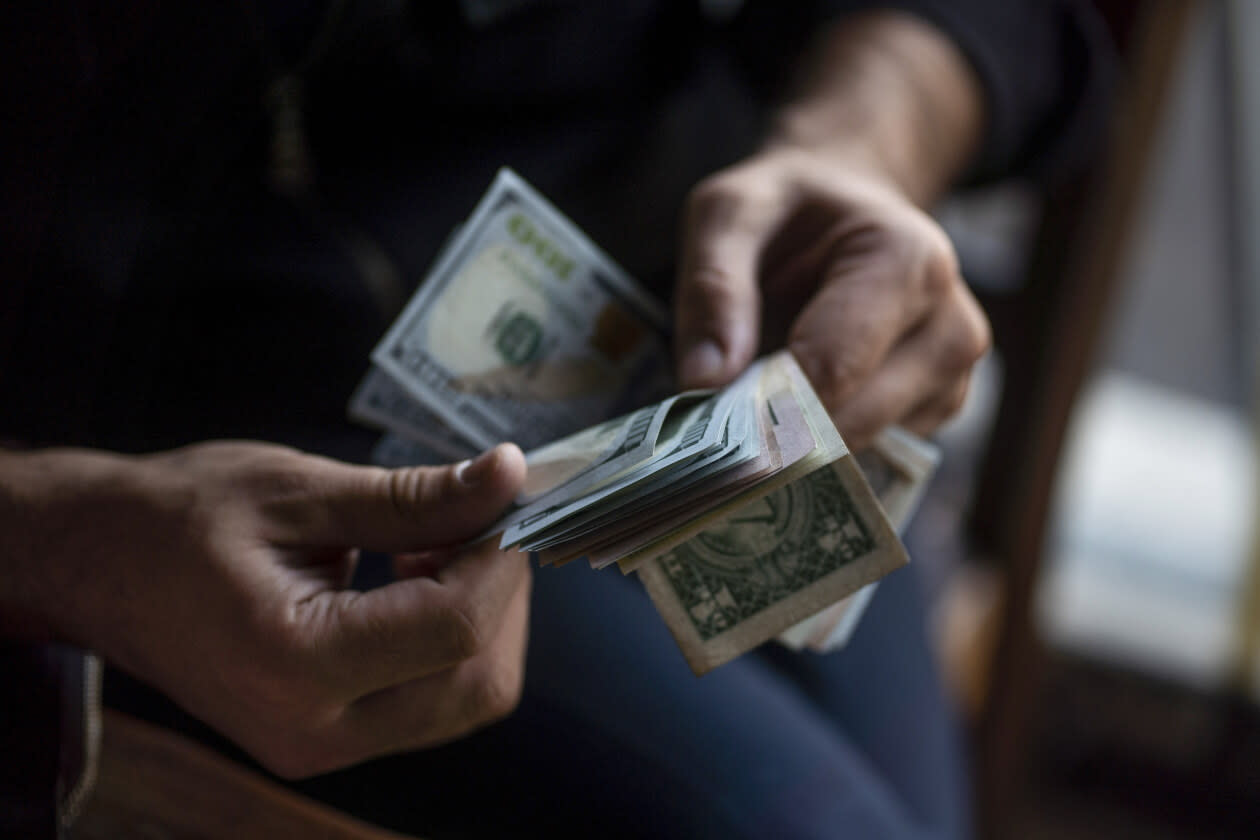Bearish bets on most Asian currencies climbed to multi-month highs as prospects of fewer U.S. interest rate cuts this year continued to boost dollar demand, while the threat of potential U.S. tariffs undermined the appeal of risky Asian assets, a Reuters poll showed on Thursday.
Short bets on the Chinese yuan rose to their highest since June 2023, while those on the Malaysian ringgit and the Indonesian rupiah reached a seven-month high, according to a fortnightly poll of 13 respondents.
The yuan, which has been trading near 16-year-lows against the dollar, is seen as most vulnerable to a stronger dollar and heavier tariffs under U.S. President-elect Donald Trump's administration.
China is also Southeast Asia's largest trading partner and a weaker yuan could send ripples across regional currency markets.
Ahead of Trump's inauguration on Jan. 20, markets have steered away from Asian assets as his policies around tax cuts, tariff hikes and tighter immigration are likely to boost U.S. prices, bond yields and the dollar.
Moreover, the Federal Reserve's projection of two rate cuts for 2025, half of what it had earlier estimated, has led markets to now fully price in only one 25 basis-point (bp) rate cut in 2025, with a 60% chance of a second reduction.
Higher U.S. rates and the dollar's yield advantage could spur capital outflows in emerging Asian markets and weaken their currencies.
"The external environment may constraint how far Asia central banks can ease with Asia FX weakness seen since the start of the Fed cut cycle," DBS analysts said in a note.
The U.S. central bank has cut rates by 100 bps since September.
DBS added that there is a conflict of domestic and external priorities for Asia central banks and less export-oriented economies may see lower volatility in prices.
Short positions on the Taiwan dollar were at their highest since May 2024.
Bearish bets on the Indian rupee, which logged its ninth straight weekly drop last week, were the highest since July 2022.
Short positions on the Singapore dollar were at their highest since October 2022.
"While Singapore could be directly protected from escalation of U.S. tariffs, it would still be significantly exposed to the indirect impact via slower global growth and spillovers from a slowdown in China's exports," Citi analysts said.
Citi's base case is for the Monetary Authority of Singapore (MAS) to ease policy settings in January due to recent disinflation trends and challenges to growth resilience.
The South Korean won is currently the most shorted Asian currency, according to the poll. It had posted its worst annual drop in 16 years in 2024 as the government's efforts to boost the market were overshadowed by signs of a slowdown in exports and domestic political turmoil.
The Asian currency positioning poll is focused on what analysts and fund managers believe are the current market positions in nine Asian emerging market currencies: the Chinese yuan, South Korean won, Singapore dollar, Indonesian rupiah, Taiwan dollar, Indian rupee, Philippine peso, Malaysian ringgit and the Thai baht.
The poll uses estimates of net long or short positions on a scale of minus 3 to plus 3. A score of plus 3 indicates the market is significantly long U.S. dollars.
(Reporting by Himanshi Akhand in Bengaluru; Editing by Sonia Cheema)
Copyright (2025) Thomson Reuters.
This article was written by Himanshi Akhand from Reuters and was legally licensed through the DiveMarketplace by Industry Dive. Please direct all licensing questions to legal@industrydive.com.

